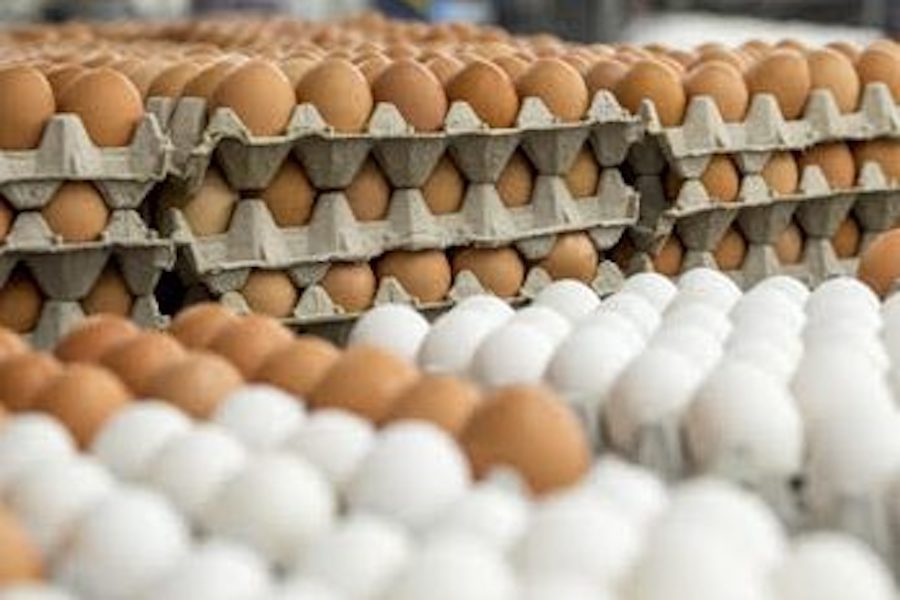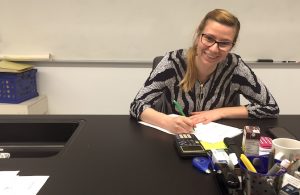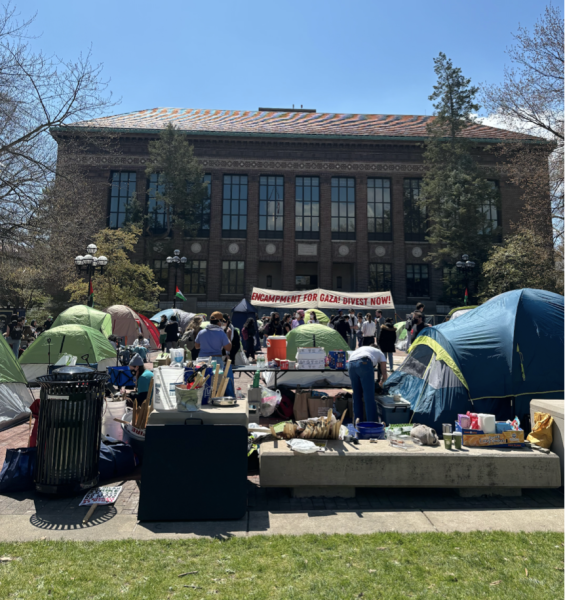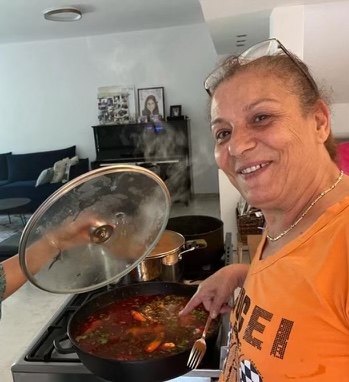New DNA production method may mean a much more helpful flu vaccine
Faster production will mean officials can wait for Southern Hemisphere flu season before choosing vaccine for northern countries
OLD: Most flu vaccines today are grown inside eggs, taking about six months. New egg-less method will take only two.
This year’s influenza vaccine might have been a bust, but a new faster vaccine-manufacturing technology may soon make it possible to produce vaccines that are much more likely to match the flu strain circulating in a particular year.
This year, the main strain was a type of H3N2, which is a version of influenza A, and it was especially harsh. But, the vaccine was only 25 percent effective nationwide.
The reason was that scientists had to decide — that is, guess — almost a year before flu season what varieties of flu virus would actually be circulating this year, in order to have enough time to produce the vaccine in millions of doses. And they guessed wrong.
But according to Dr. Julie Higashi, an infectious disease specialist working in the Bureau of Disease Control in the Los Angeles Public Health Department, a new type of vaccine created through DNA technology takes only takes only two months to make, compared to six months for vaccine the usual way, grown in chicken eggs.
According to Dr. Zachary Rubin, an infectious disease specialist at UCLA, it can take as long as nine months to develop the egg-based vaccine.
With a shorter lead time, officials will be able to make a much better guess as to which types of flu will be infecting Northern Hemisphere populations.
“The pharmaceutical companies can wait until the flu season actually hits in the Southern Hemisphere, and make a vaccine that is based upon the latest strains circulating in the population, ” Dr. Higashi said, “rather than start production almost a year before flu season, using last year’s flu viruses.”
So far, the new technology has been approved only for people ages 18 to 49. Dr. Higashi believes this is because they only ran a clinical trial that tested the vaccine in that age range. If that is true, approval for other age ranges is likely to come soon.
To understand this past year’s influenza vaccine effectiveness — or ineffectiveness — one has to understand how vaccines are made. Dr. Rubin explained the chicken egg method.
“They inoculate” — that is, inject — “chicken eggs with influenza,” Dr. Rubin said, “and then manufacturers kill the influenza virus and they take the proteins out of the eggs, and then one egg makes two doses of vaccine.”
In other words, a way your body can fight a virus is if your body has already developed immunity towards it. This is done by injecting some of the viral proteins into your body — enough to create antibodies that will recognize and attack it in the future.
Doctors can produce the virus in large quantities in chicken eggs since they have discovered it grows especially well in them.
“The vaccine itself is actually the proteins from the surface of the virus,” he said. “Your immune system reacts against those surface proteins with the virus and produces antibodies, so that when you get exposed to the real virus, you actually have some pre-formed antibodies against the strain.”
These “pre-formed antibodies” are what make you immune. If the virus attacks, the previously formed antibodies swing into action, multiply quickly and fight it off.
A newer method makes something called a “recombinant” vaccine. The United States Centers for Disease Control (CDC) describe it this way:
“Manufacturers isolate a certain protein from a naturally occurring (“wild type”) recommended vaccine virus … These proteins are then combined with portions of another virus that grows well in insect cells. This “recombinant” vaccine virus is then mixed with insect cells and allowed to replicate. The flu … protein is then harvested from these cells and purified.”
Today, Dr. Rubin said, companies make vaccines both ways. The DNA method was only recently approved by the U.S. Food and Drug Administration (FDA).
“The chicken egg kind is the traditional way of making influenza vaccine,” Dr. Rubin said, “and the recombinant way is a newer way that’s actually more efficient and quicker, but has only been FDA-approved for the last four or five years or so, so it probably only makes a minority of the vaccines.”
Dr. Rubin believes that once more companies can use the DNA method, most vaccines will be made using it instead.
Another reason manufacturers have not stopped using the egg-based technique is that more investment would be required to change the manufacturing.
But Dr. Higashi believes that eventually the recombinant vaccine will be the main method, or eventually replace the egg based vaccine.
“I think the recombinant vaccine is the future for flu vaccines – but the FDA approval right now is only for 18-49 year olds,” she said in an email interview with the Boiling Point. “There was a study published, however, last year that showed the recombinant vaccine was effective in > 50 year olds.”
Dr. Higashi also mentioned that the overall process of replicating the egg vaccines can lower the efficacy of the vaccine, while recombinant techniques do not.
“It will take a little time for the studies to be done to show efficacy and then FDA approval,” she said, “and then I think recombinant vaccines are a little more expensive to produce. That being said, the cost savings related to a more effective vaccine would probably make up for the increase in cost.”
This year’s weak vaccines were made using both techniques.
Right now, scientists at the FDA and other agencies are investigating the causes of the low effectiveness of this past year’s vaccines, hoping to develop better ones in years to come.
But at the same time, the agency is already working on the vaccine for the flu season of 2018-19. So is the World Health Organization (WHO), based in Geneva, Switzerland. In fact, the WHO has already announced its recommendations for the vaccine for next year in the Northern Hemisphere.
WHO scientists believe the next vaccine should include: “A/Michigan/45/2015 (H1N1)pdm09-like virus; an A/Singapore/INFIMH-16-0019/2016 (H3N2)-like virus; a B/Colorado/06/2017-like virus (B/Victoria/2/87 lineage); and a B/Phuket/3073/2013-like virus (B/Yamagata/16/88 lineage),” it states on the organization’s website.
“It is recommended that the influenza B virus component of trivalent vaccines for use in the 2018-2019 northern hemisphere influenza season be a B/Colorado/06/2017-like virus of the B/Victoria/2/87-lineage.”
The FDA has not yet made its decision, but in a press release announced that officials had discussed this at their annual advisory committee meeting March. 1. Nothing new had been posted as of late April.
“The upcoming FDA advisory committee meeting will determine if these recommendations should also apply for the U.S,” the FDA stated before they met. “Following that meeting, the FDA will also work to apply all the knowledge that we gain from this year’s flu season to ensure that the best possible vaccines are available next season.”
Even using current techniques, officials are hoping next year the vaccine will be a better match for whatever strain of flu is going around.
According to Dr. Minghsun Liu, who specializes in infectious diseases in the Venice area of Los Angeles, a lot more information will come out after the season, when doctors and researchers look back at this year’s epidemic and analyze it.
This year, he said, doctors couldn’t fully see it coming.
“My impression is that the only way that people saw this wave coming this bad was the [flu’s] winter season in the Southern Hemisphere,” said Dr. Liu. “Because the summer here is the winter there, they saw that the flu was actually worse than usual.”
Dr. Michael Farzam, a general practitioner in Los Angeles, doesn’t think it will work, because Southern Hemisphere information arrives too late to be useful for the Northern Hemisphere vaccines.
“We get our data from New Zealand and Australia because they have their flu seasons first,” He said, “Before it comes to the Northern Hemisphere, we can predict on some levels what the flu strains are gonna be like or what’s circulating, but at that point the flu vaccines are already developed.”
However, if Dr. Higashi is right and the recombinant vaccine will allow for manufacturers to be able to make the vaccine after having already received the information from the Southern Hemisphere, then eventually, this problem can be overcome.

Molly is studying at Midreshet Torah v'Avodah seminary in Jerusalem and will attend Columbia University in New York next year.











